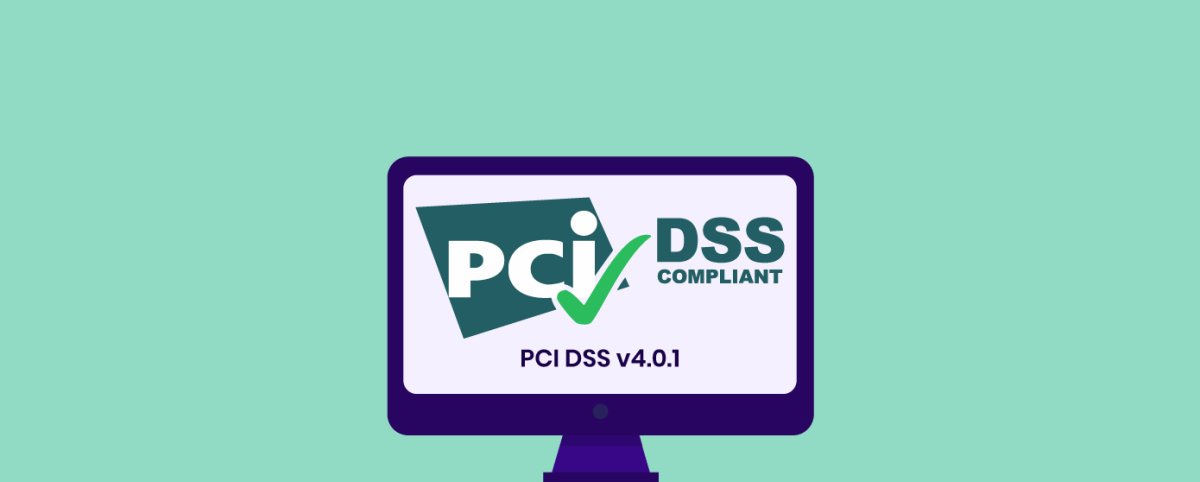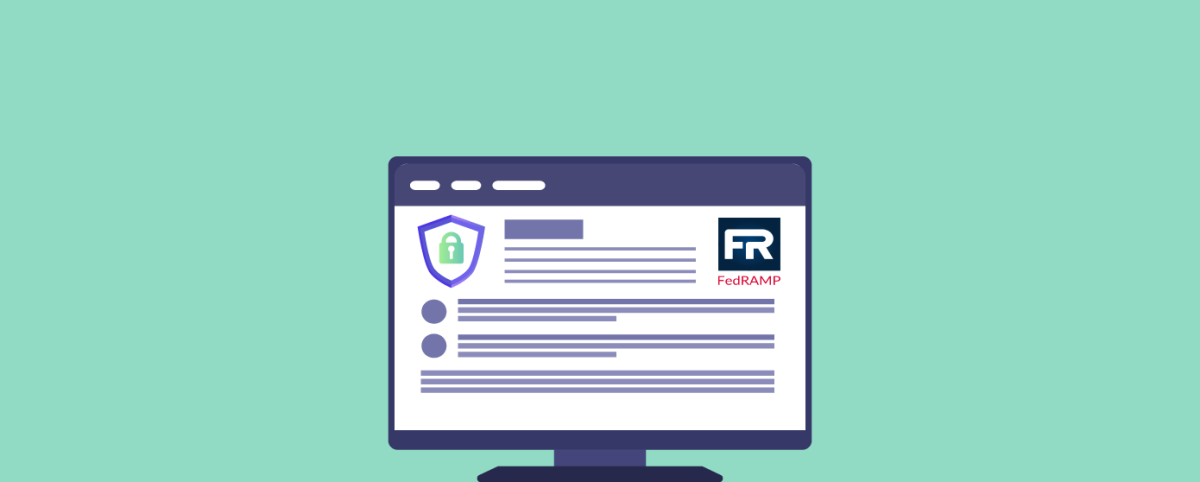NIST Cybersecurity Framework (CSF) 2.0: A Complete Guide
The NIST Cybersecurity Framework (CSF) 2.0 is a voluntary framework developed by the National Institute of Standards and Technology (NIST) to help organizations manage and reduce cybersecurity risks. Initially released in 2014, CSF was primarily intended for critical infrastructure sectors. However, CSF 2.0 (2024) expands its scope to include organizations of all sizes and sectors, including small businesses, nonprofits, and large corporations.
Key Highlights of CSF 2.0
- First major update since 2014, reflecting evolving cybersecurity threats and practices.
- Expanded scope beyond critical infrastructure to include organizations of all cybersecurity maturity levels.
- New core function: Govern, added to emphasize cybersecurity as a major enterprise risk.
- Enhanced resources: Quick-start guides, success stories, informative references, and a searchable reference catalog.
- Stronger emphasis on supply chain security, governance, and risk management.
- Aligns with the National Cybersecurity Strategy and international standards like ISO/IEC 27001.
- Integration with other risk management programs, such as NIST Risk Management Framework (RMF), privacy risk management, and supply chain security.
CSF 2.0 Core Components
1. CSF Core
The CSF Core provides a taxonomy of high-level cybersecurity outcomes, divided into six key functions:
- Govern (GV) – Establishes and communicates cybersecurity risk management strategy.
- Identify (ID) – Understands cybersecurity risks by identifying assets, business environment, and supply chain dependencies.
- Protect (PR) – Implements safeguards to mitigate cybersecurity risks.
- Detect (DE) – Identifies cybersecurity incidents through continuous monitoring.
- Respond (RS) – Takes action in response to detected incidents.
- Recover (RC) – Restores assets and operations after an incident.
2. CSF Profiles
CSF Profiles help organizations align cybersecurity activities with business objectives:
- Current Profile – Represents an organization’s current cybersecurity posture.
- Target Profile – Defines the desired cybersecurity outcomes.
- Community Profiles – Created for specific industries or use cases, providing tailored cybersecurity guidance.
3. CSF Tiers
CSF Tiers help organizations assess their cybersecurity risk management maturity:
- Tier 1 (Partial) – Reactive, ad-hoc cybersecurity measures.
- Tier 2 (Risk Informed) – Some cybersecurity practices in place but not consistently applied.
- Tier 3 (Repeatable) – Defined, documented, and regularly reviewed processes.
- Tier 4 (Adaptive) – Cybersecurity is continuously improved and integrated into business operations.
Key Features & Enhancements in CSF 2.0
1. Expanded Implementation Guidance
- Quick Start Guides: Provide step-by-step instructions for organizations new to CSF.
- Success Stories: Case studies of organizations successfully implementing CSF.
- Searchable Reference Catalog: Enables easy lookup of mappings between CSF and other security frameworks.
2. Integration with Other Cybersecurity Frameworks
CSF 2.0 aligns with major cybersecurity frameworks and standards such as:
- NIST Special Publications: SP 800-53, SP 800-37, SP 800-218, SP 800-221A.
- ISO/IEC 27001 (International Information Security Standard).
- CIS Controls v8.0 (Center for Internet Security).
- Cloud Controls Matrix (CCMv4.0) (Cloud Security Alliance).
How to Implement CSF 2.0
- Understand the CSF Core – Learn about the Functions, Categories, and Subcategories.
- Develop Organizational Profiles – Define Current and Target Profiles to assess and prioritize cybersecurity risks.
- Use CSF Tiers – Evaluate and benchmark cybersecurity maturity.
- Leverage Online Resources – Utilize Quick Start Guides, Informative References, and Implementation Examples.
- Integrate with Risk Management Programs – Align CSF with enterprise risk management (ERM), privacy risk management, and compliance initiatives.
Latest Updates & Community Engagement
- Public Comment Draft: NIST IR 8546 (Cybersecurity Framework 2.0 Semiconductor Manufacturing Community Profile) open for comments until April 14, 2025.
- Webinars & Events: ISC2 Spotlight Virtual Event (Jan 22, 2025) – ‘Beyond the Basics: Exploring NIST Cybersecurity Framework 2.0’.
- Cybersecurity Insights Blog (Feb 26, 2025) – Celebrating one year of CSF 2.0, highlighting adoption and success stories.
- Future Enhancements: NIST plans continuous updates based on stakeholder feedback.
Explore NIST AI RMF 1.0 vs. SP 800-171 r2 vs. SP 800-53 r
Resources & References
- Official NIST CSF Website: https://www.nist.gov/cyberframework
- CSF 2.0 Document: https://doi.org/10.6028/NIST.CSWP.29
- CSF 2.0 Quick Start Guides: https://www.nist.gov/cyberframework/quick-start-guides
- CSF 2.0 Reference Tool: https://csrc.nist.gov/Projects/Cybersecurity-Framework/Filters#/csf/filters
- Success Stories: https://www.nist.gov/cyberframework/success-stories
Conclusion
The NIST Cybersecurity Framework (CSF) 2.0 provides a comprehensive, scalable, and flexible approach to cybersecurity risk management. By adopting CSF 2.0, organizations can improve their security posture, align with global standards, and enhance resilience against cyber threats. Whether you’re a small business, enterprise, or government agency, CSF 2.0 offers practical tools and structured guidance to build a robust cybersecurity strategy.
Stay tuned for more relevant and interesting security articles. Follow Indusface on Facebook, Twitter, and LinkedIn.


 March 11, 2025
March 11, 2025






